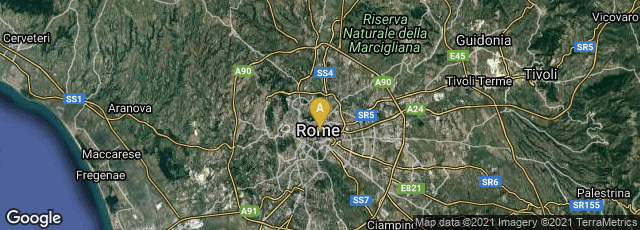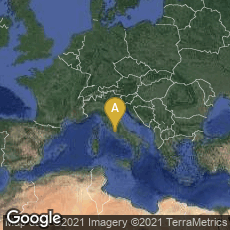

The "Museo Cartaceo" ("Paper Museum"), a collection of more than 7,000 watercolors, drawings and prints assembled by the Roman patron and collector Cassiano dal Pozzo and his youngest brother Carlo Antonio from 1625 to 1665, represents one of the most significant attempts made before the age of photography to embrace the widest range of human knowledge in visual form. Documenting ancient art and architecture, botany, geology, ornithology and zoology, the collection is a significant tool for understanding the cultural and intellectual concerns of a period during which the foundations of our own scientific methods were laid down.
"The Paper Museum reflects the taste and intellectual breadth of Cassiano dal Pozzo, one of the most learned and enthusiastic of all seventeenth-century Roman collectors. As secretary to Cardinal Francesco Barberini, patron of artists such as Poussin, and a friend of Galileo, Cassiano crossed the boundaries of artistic, scientific and political disciplines to create his unique visual encyclopaedia. His patronage extended to both the well-known and the lesser-known artists of his day, and his close connections with leading European scientists, scholars and philosophers kept him informed of the latest archaeological and scientific discoveries. His younger brother Carlo Antonio came to share his interests and played a significant role in augmenting and arranging the collection.
"Through his association with Federico Cesi, Prince of Acquasparta (1585–1630), and his membership of the Accademia dei Lincei (the first modern scientific society, founded by Cesi), Cassiano assembled visual evidence of scientifically – and for the first time microscopically – observed natural phenomena, thus establishing a firm basis for scientific classification. Fruit, flora, fungi, fauna, minerals and fossils – all were meticulously recorded, whether commonplace or exotic. He applied the same rigour and systematic methodology to his antiquarian studies: classical and early medieval monuments and artefacts were painstakingly drawn and classified to form a unique survey of ancient architecture, religion, custom, dress and spectacle" (http://warburg.sas.ac.uk/pozzo/prospectus.pdf, accessed 0-03-2010).
The "Paper Museum" was sold by Cassiano’s heirs to the Albani Pope Clement XI , who resold it to his connoisseur nephew Cardinal Alessandro Albani in the early eighteenth century. It remained in the Albani collection until a substantial portion was acquired by George III, also a scientific amateur, in 1762 for his library at Buckingham House. In 1834, the collection was transferred to the Royal Library created by William IV at Windsor Castle, where it forms part of the Royal Collection. Other portions are at the British Library, the British Museum, the botanical gardens at Kew (mycological specimens) , the library of Sir John Soane's Museum. Portions not purchased for George III are preserved at the Institut de France and various other public and private collections.
Since the 1990s a project has been underway to publish the drawings and prints in the ‘Museo Cartaceo’ in a series of thirty-six volumes, arranged by subject matter following the method of classification employed by Cassiano himself. The series is entitled The Paper Museum of Cassiano dal Pozzo ~ A Catalogue Raisonné.